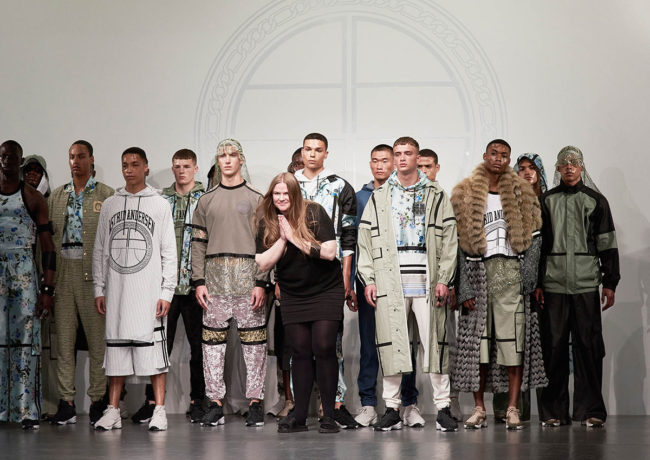
Fall 2016 Trend Alert: Keep Calm and Think Pink
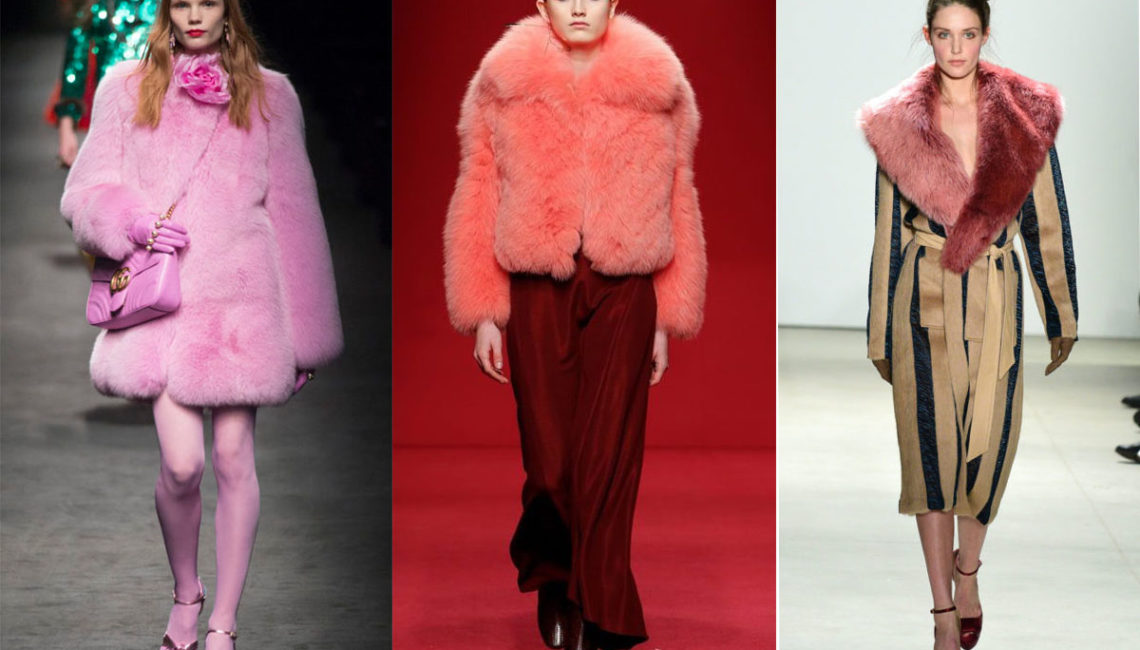
With the election behind us it’s time to get back to fashion! We’re back to our list of top trends for fall 2016 and according to a wide grouping of editors, bloggers and other fashion influencers, this season it is time to calm down and THINK PINK.
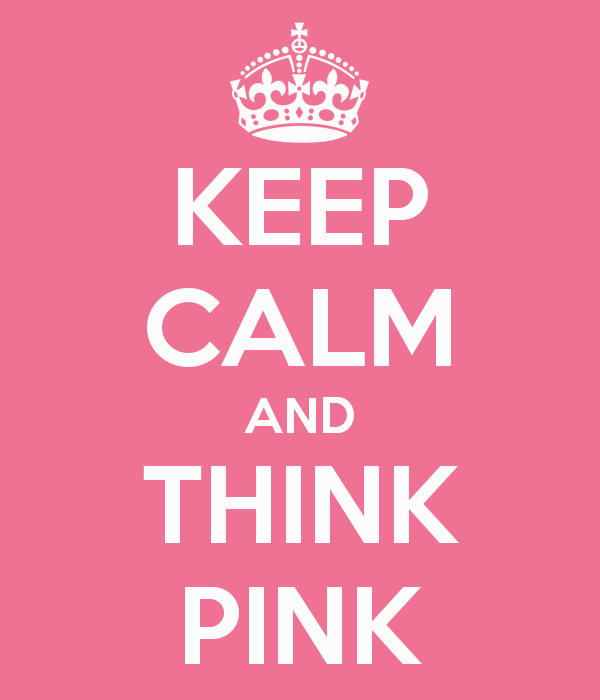
Keep Calm and Think Pink
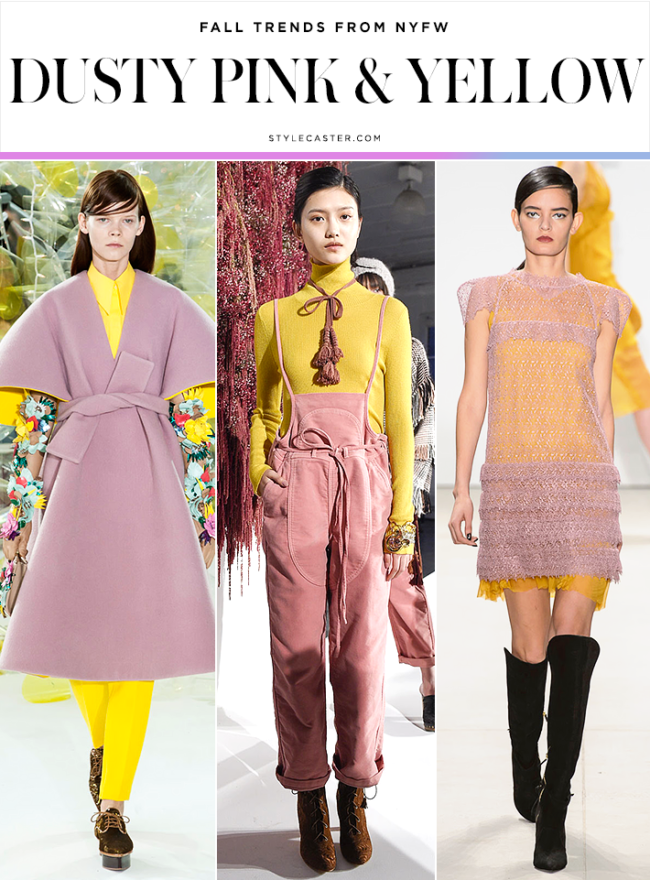
From dusty rose to soft pastel to bright magenta, pink was a powerful force on the runways for Fall 2016. With the move to more ladylike looks, this seems only natural. After all, pink is soft and sweet, feminine and innocent, romantic and non-threatening.
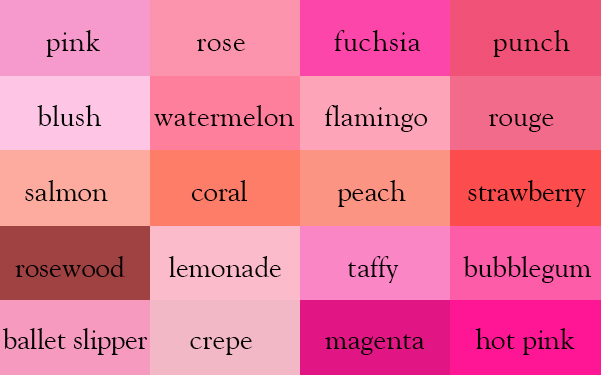
Shades of pink run across a broad spectrum
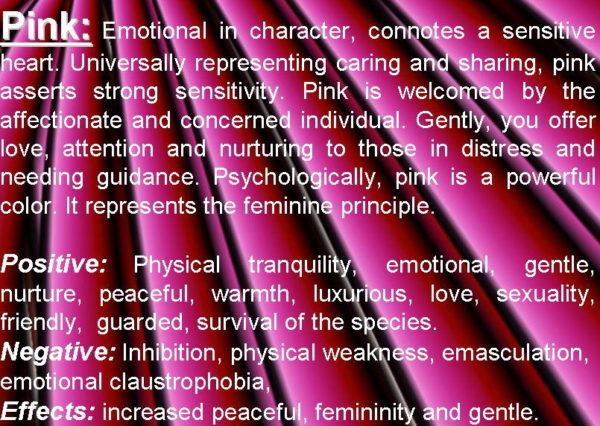
The psychology of the color pink
In fact, pink is so calming that sports teams sometimes paint the locker rooms used by opposing teams in shades of pink so their opponents will lose energy. Interestingly, some studies of the color pink suggest that male weightlifters seem to lose strength in pink rooms, while women weightlifters tend to become stronger around the color. The psychology of color is a serious business and scientists have found that colors do evoke emotional, behavioral and physical responses. They can stimulate the senses and change behaviors. For women, the choice to wear pink has been shown to reflect an upbeat, friendly, calming attitude and a feminine sensitivity.
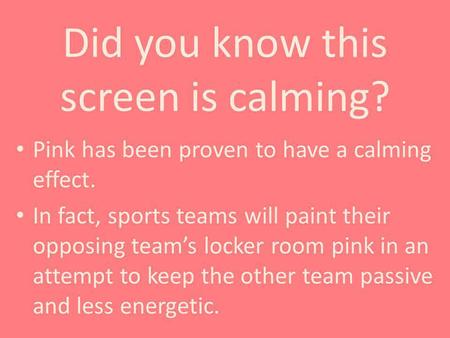

Iowa State University’s visitor’s locker room
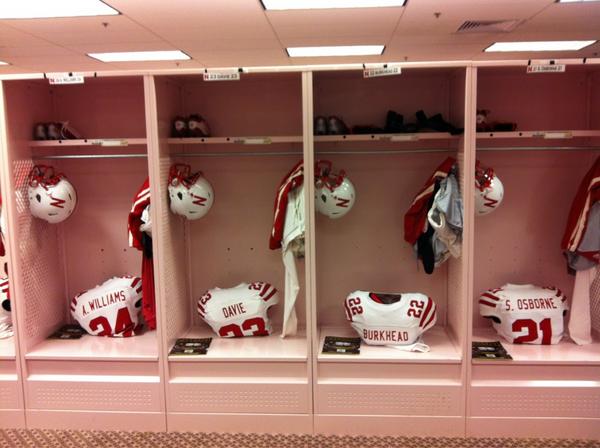
Painting the opposing team’s locker room pink was because it they hoped it would “have a calming effect” as with this Wrigley Field locker room
(Did you know that studies have proven that people will actually gamble more and make riskier bets when seated under a red light as opposed to a blue light. That’s why Las Vegas is the city of red neon.)

Inside the Planet Hollywood Casino in Las Vegas
But pink has not always been seen as the color for women. Museum exhibitions at the Museum of Fine Arts in Boston and the Smithsonian suggest that through the early 19th century pink was considered a strong and passionate color, derived from red which was seen as a warlike color. It was favored for men and boys as it connoted strength. Consider the character of Jay Gatsby in The Great Gatsby. In combatting his image as an intellectual effete one of the characters notes “An Oxford man! Like hell he is! He wears a pink suit.” As recently as the early 1900’s trade catalogs for children’s clothing recommended blue for girls suggesting that it was a “much more delicate and dainty tone” while pink was recommended for boys.
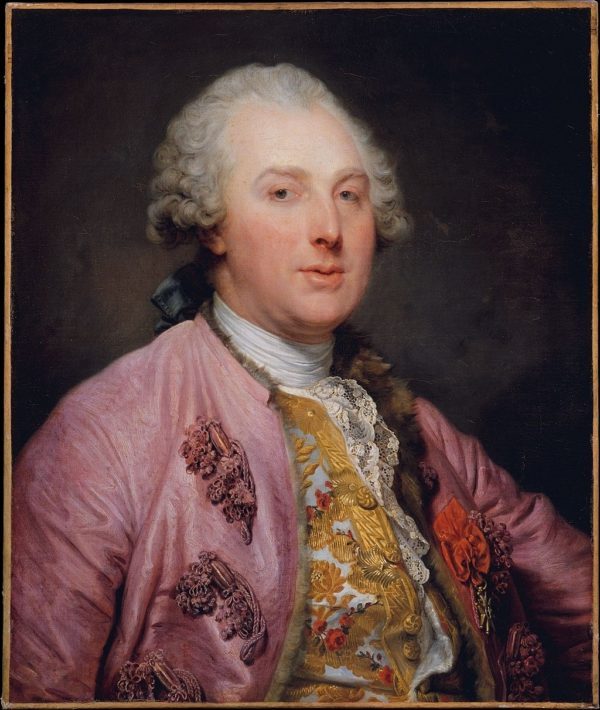
The bourgeois male in 1763 Charles Claude Flahaut de la Billarderie Comte D Angiviller models how pink really brightened men’s moods
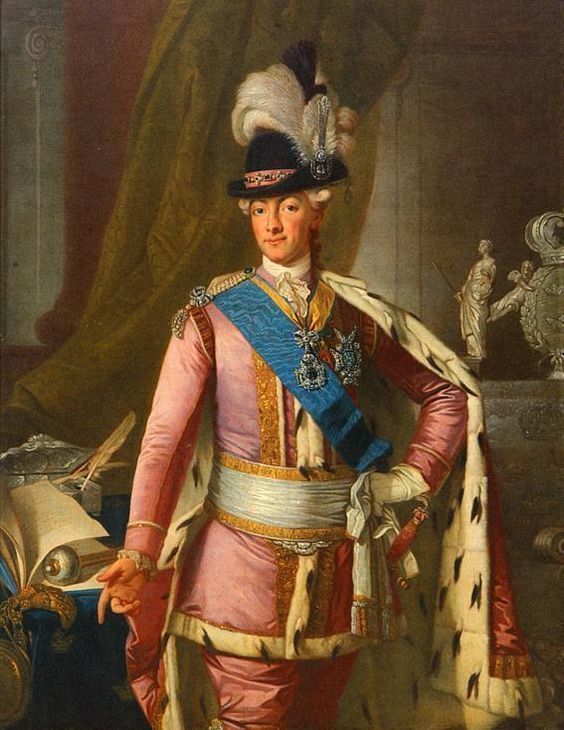
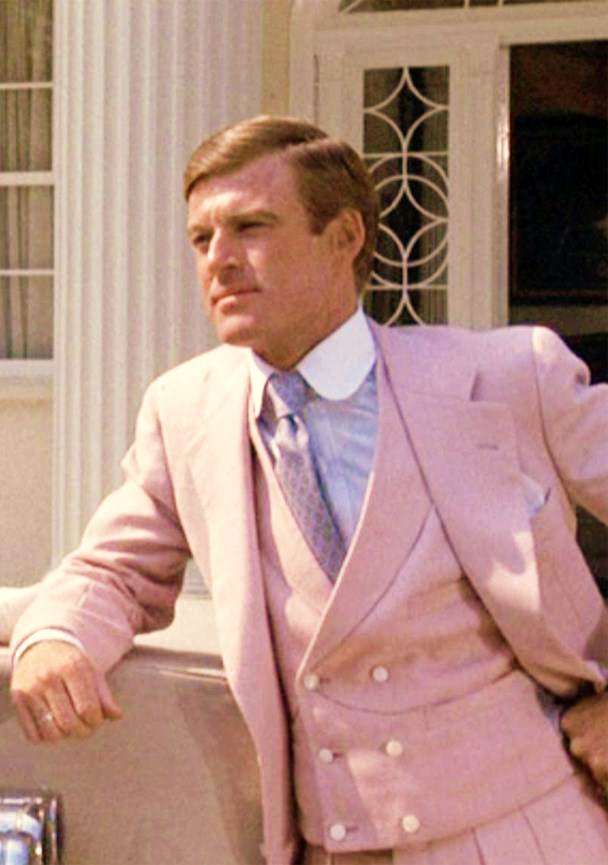
Robert Redford in Pink Striped suit with double breasted vest in the original Great Gatsby from 1974
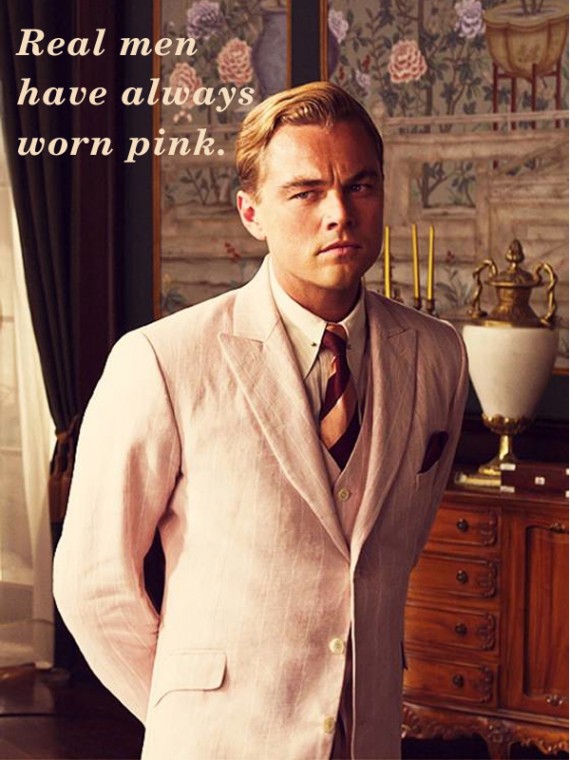
A scene from the movie The Great Gatsby
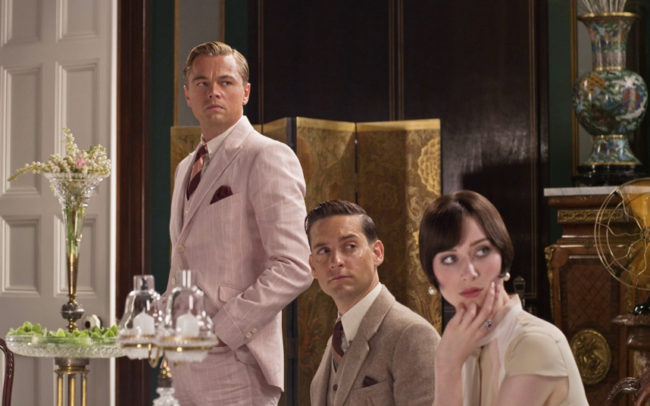
Gatsby pink
Beginning in the late 19th century as Freud and other psychologists’ theories of childhood development gained hold parents began to differentiate their offspring’s sex earlier on. As part of an early gender coding parents began to associate pink with girls and blue with boys. And the ideal of pink as a color associated with feminine ideals grew post-World War II. In 1947, fashion designer Elsa Schiaparelli introduced the color “hot pink” to western fashion. She dubbed the shade “Shocking Pink,” though today the color is more well-known as “magenta.” During the Presidential term of her husband Dwight D. Eisenhower (1953 – 1961) his wife Mamie loved and wore pink so much that shades of the color became known as Mamie Pink. Throughout the 1950s, an era that emphasized conformity, pink became more and more specifically tied to women and girls. According to Jo Paoletti author of Pink and Blue: Telling the Boys from the Girls in America noted that “…….”Since the 1980s … pink [has] become a strongly feminine color (probably because the women’s movement connected it with traditional girliness so successfully).”
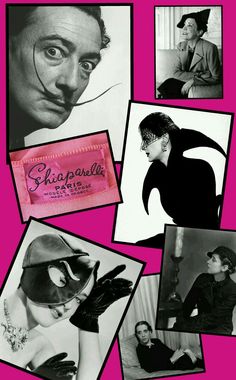
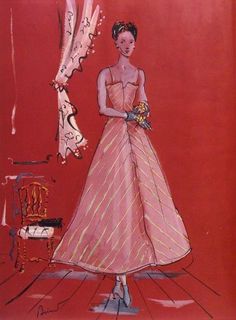
Desig by Elsa Schiaparelli illustration: Christian Berard for vogue (1937)
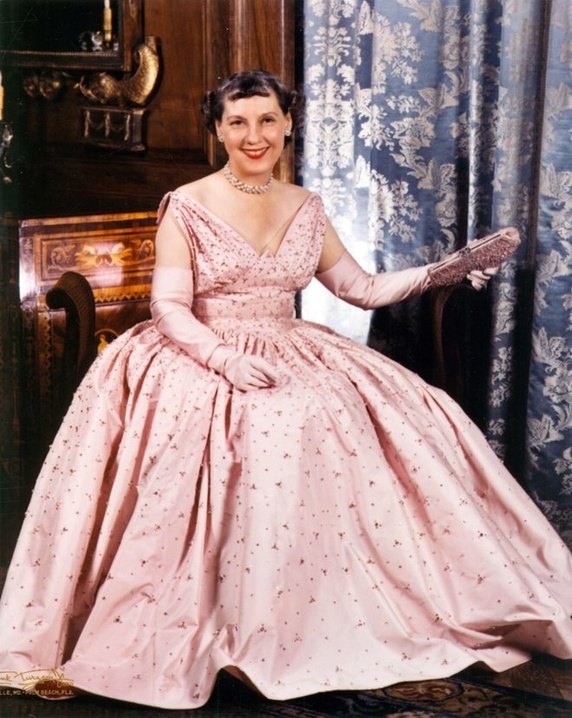
Mamie Eisenhower’s fabulous pink silk Nettie Rosenstein gown was covered with over 2000 pink rhinestones.
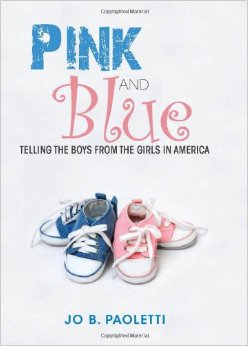
Pink and Blue: Telling the Boys from the Girls in America
So girls, wear your pink proudly! Brighter pinks are youthful, fun, and exciting, while vibrant pinks have the same high energy as red; they are sensual and passionate without being too aggressive. Softer pinks connote happiness and love. And with plenty of great fashion options for Fall 2016, it is definitely time to THINK PINK!
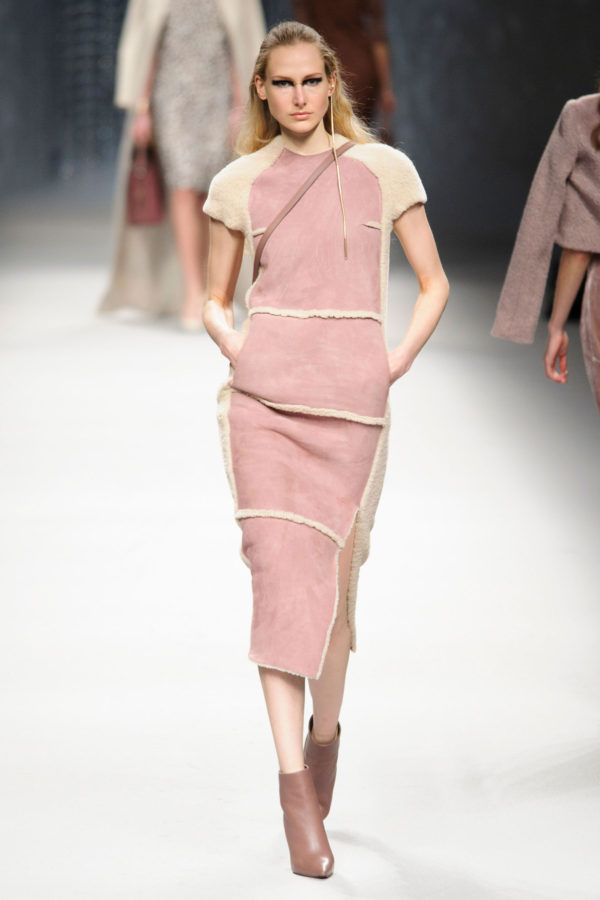
Aigner
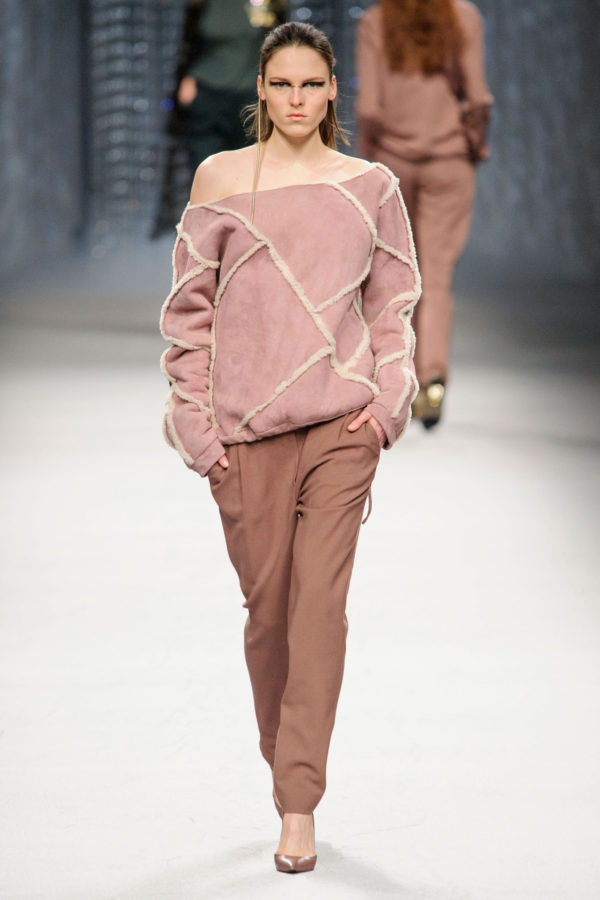
Aigner
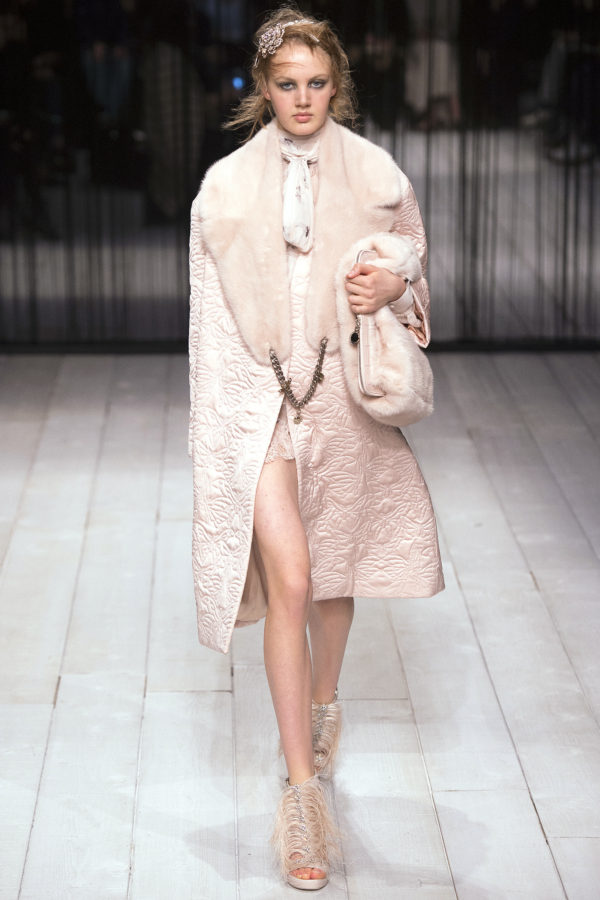
Alexander McQueen
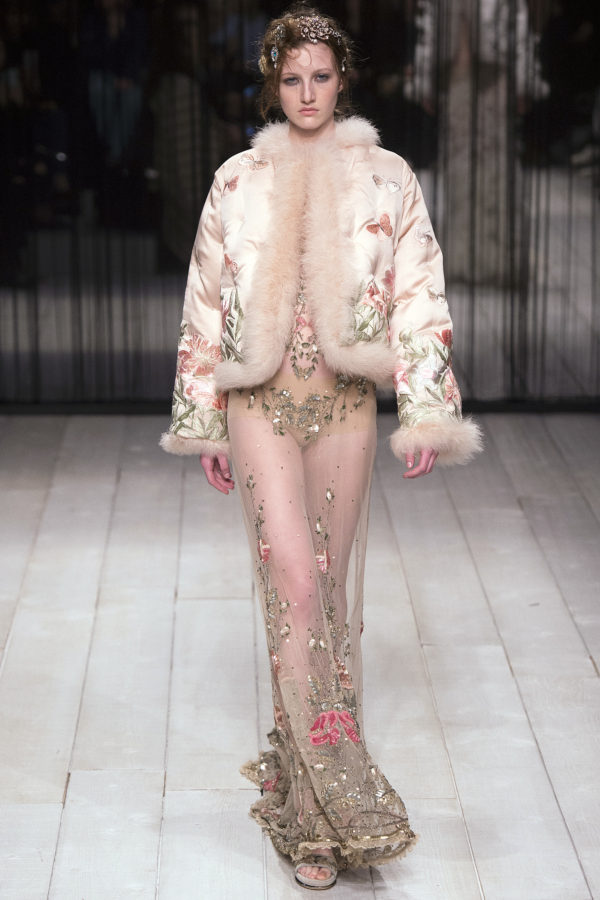
Alexander McQueen
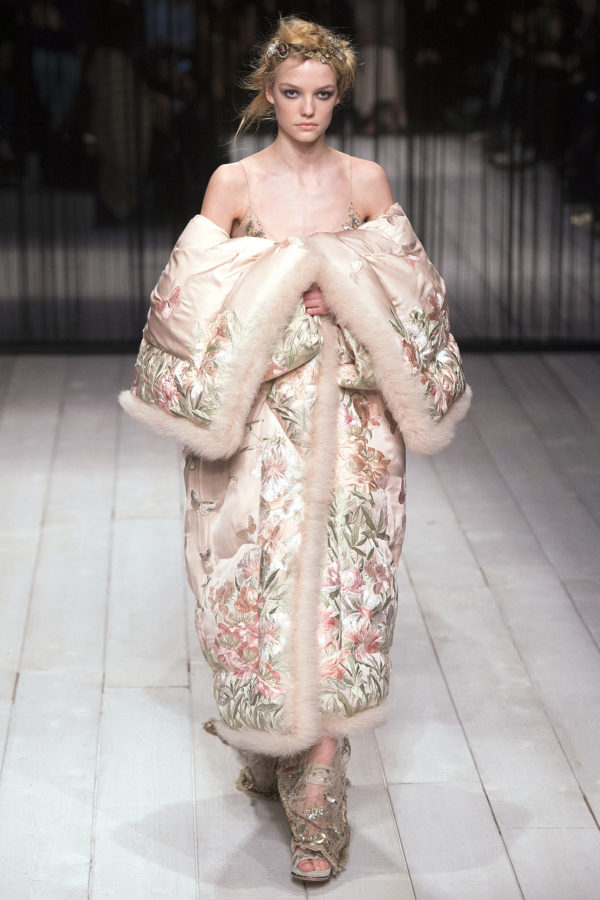
Alexander McQueen
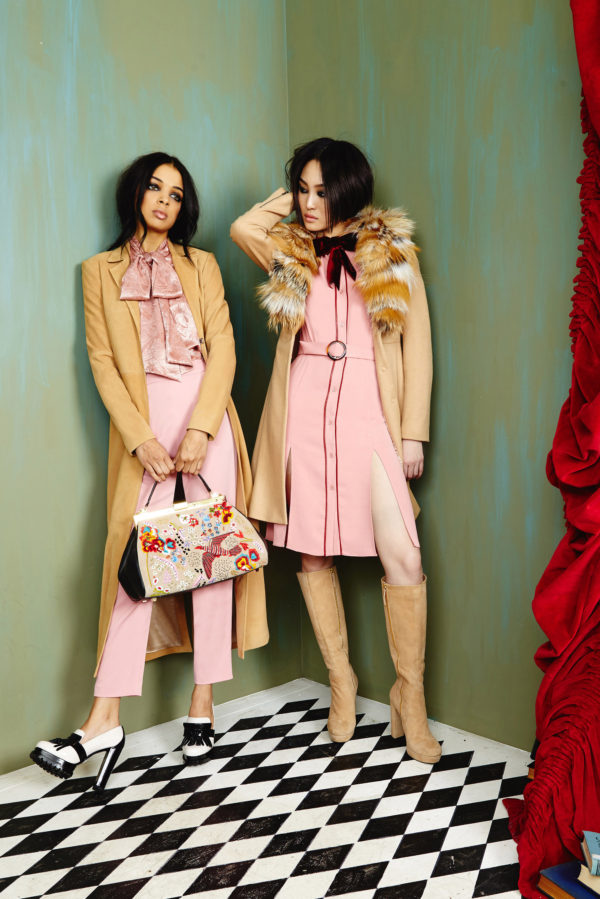
Alice +Olivia
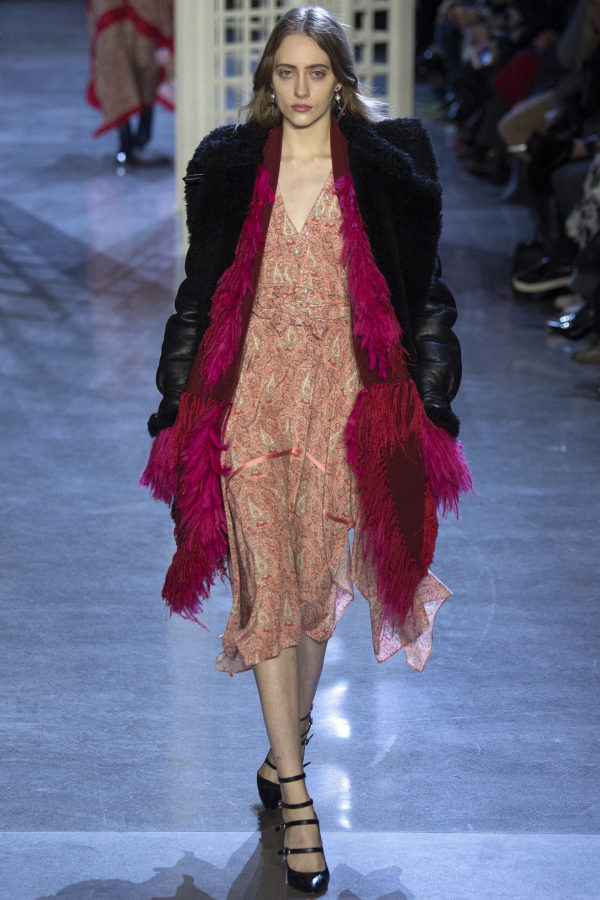
Altuzarra
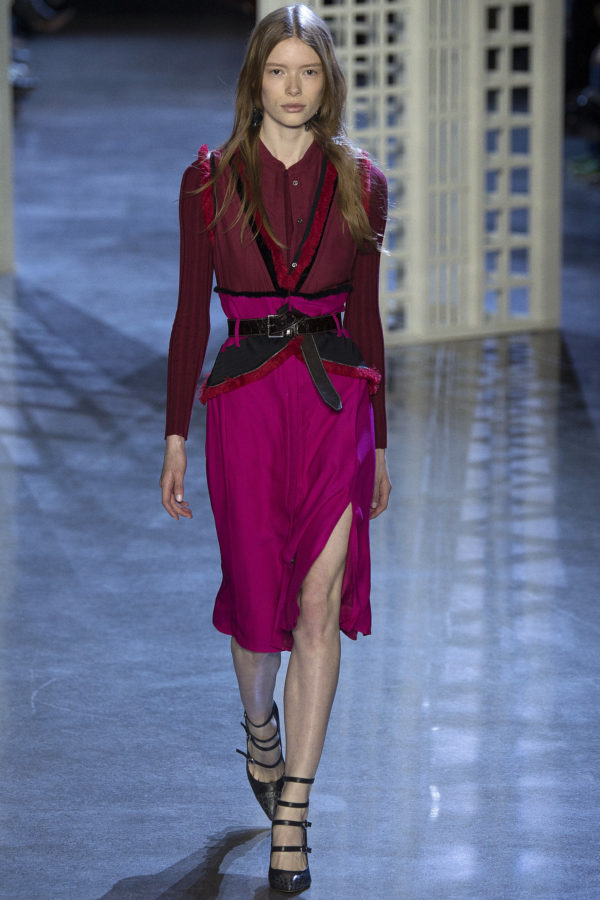
Altuzarra
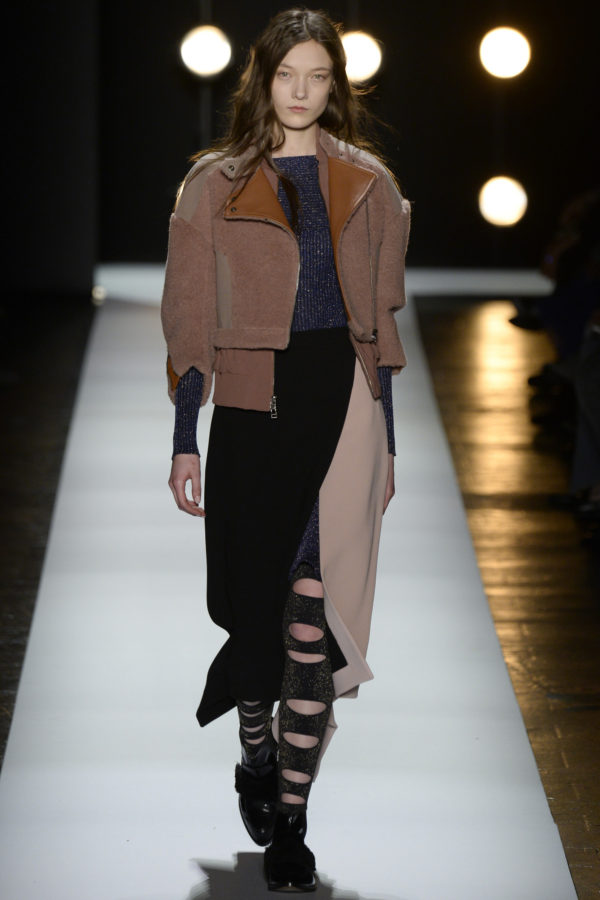
BCBG
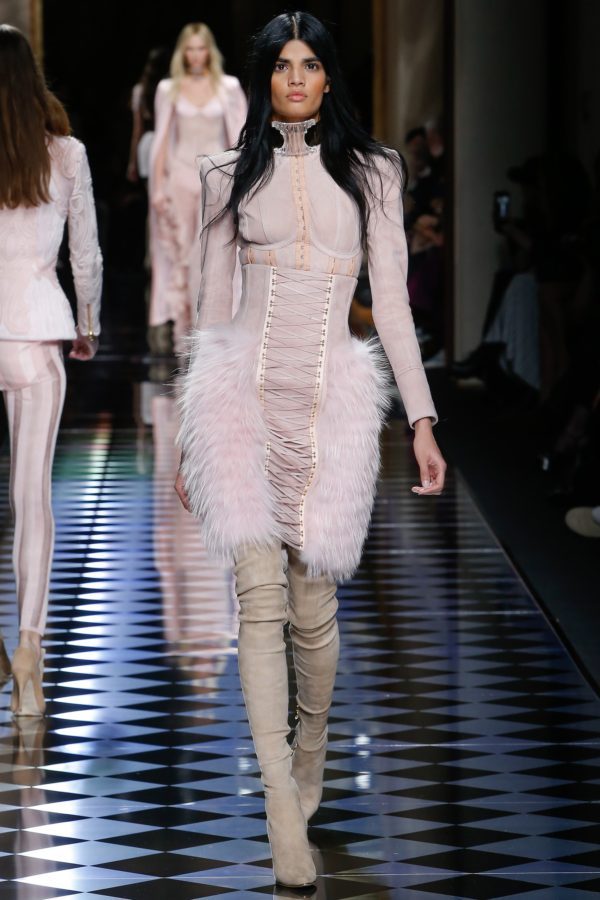
Balmain
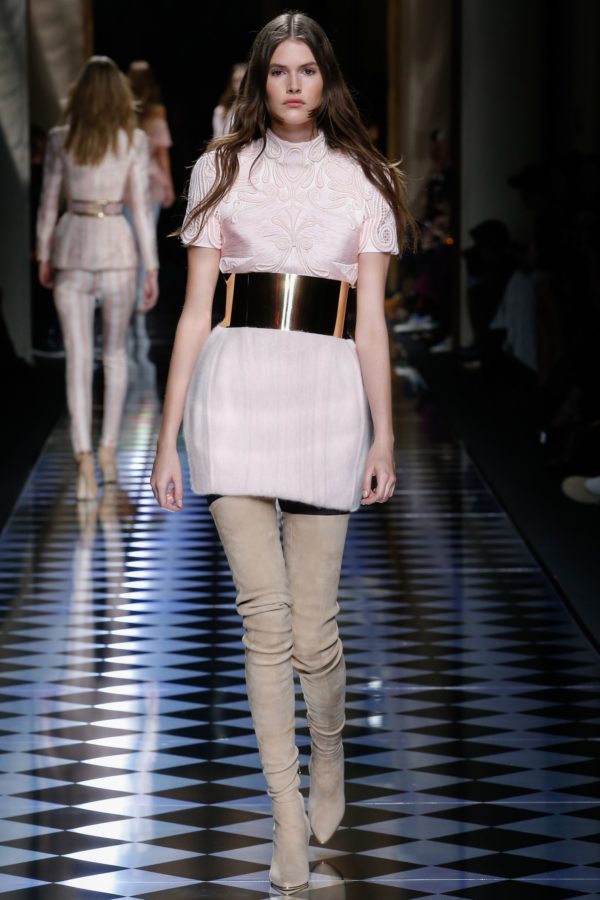
Balmain
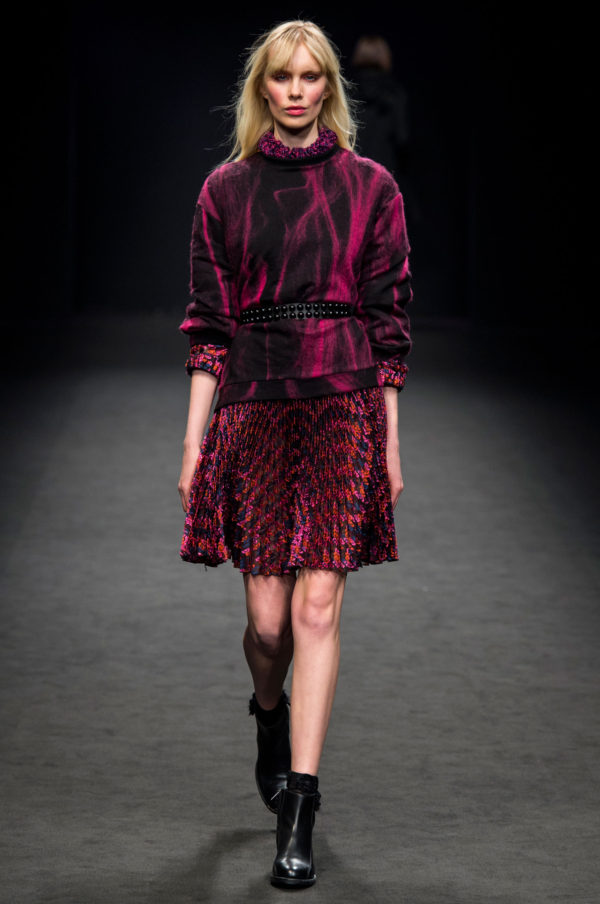
Byblos
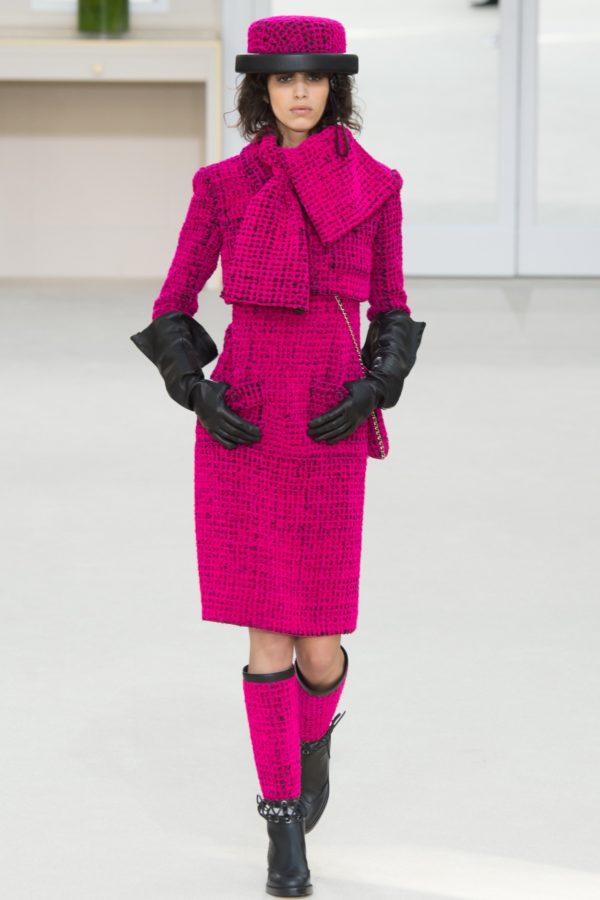
Chanel
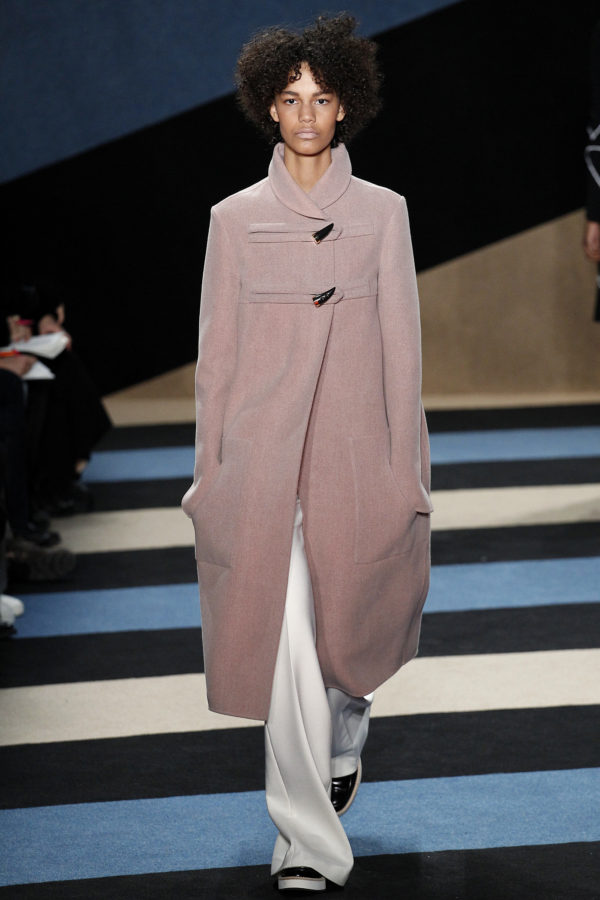
Derek Lam
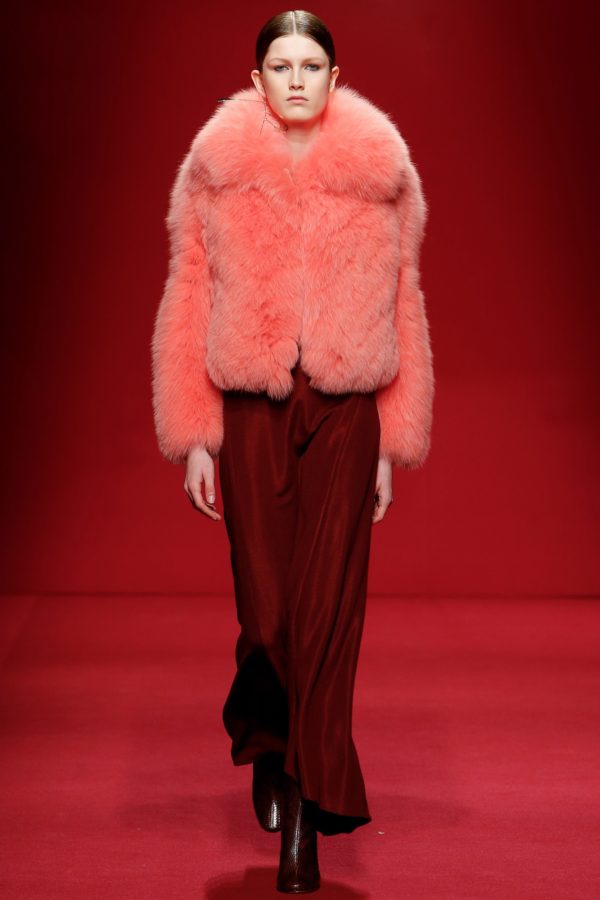
Ellery
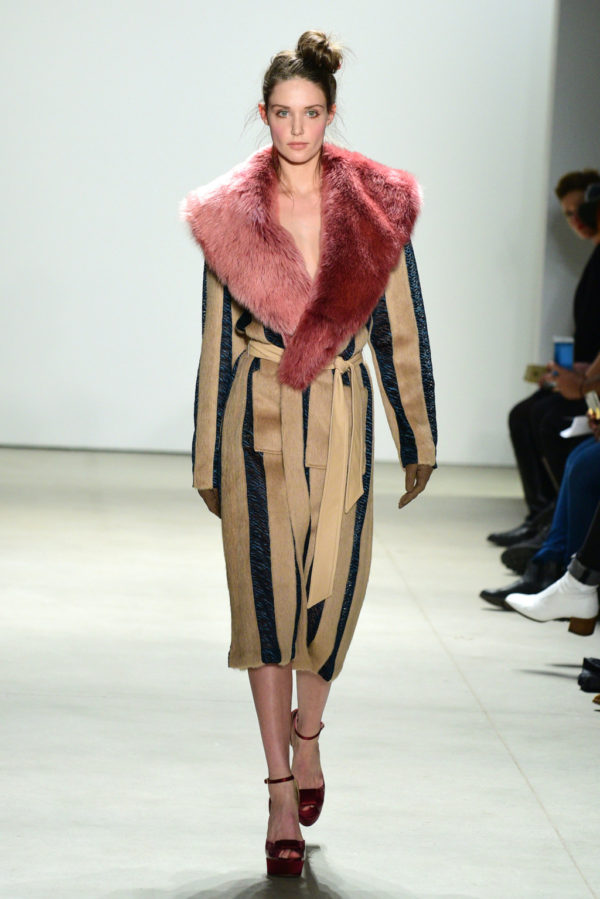
Georgine RTW Fall 2016
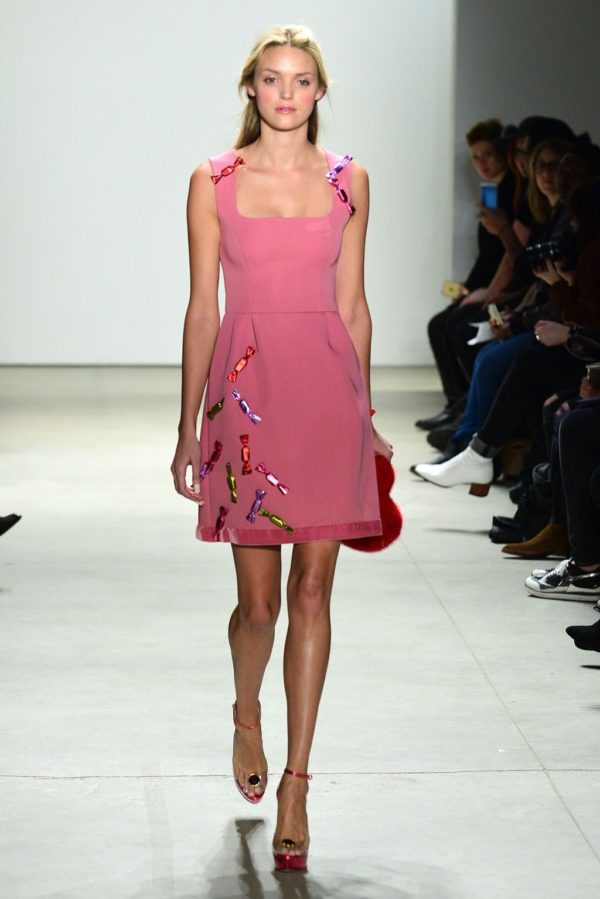
Georgine RTW Fall 2016
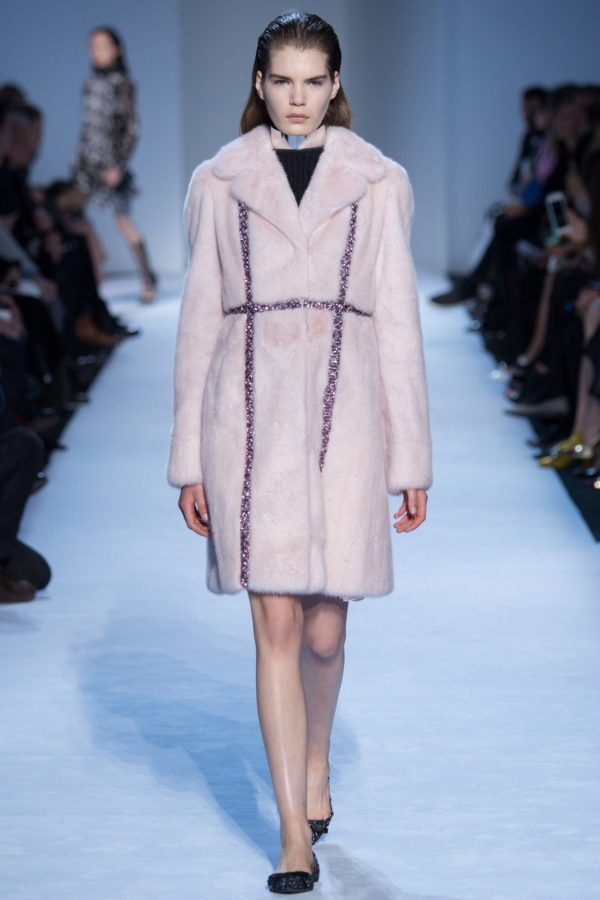
Giambattista Valli
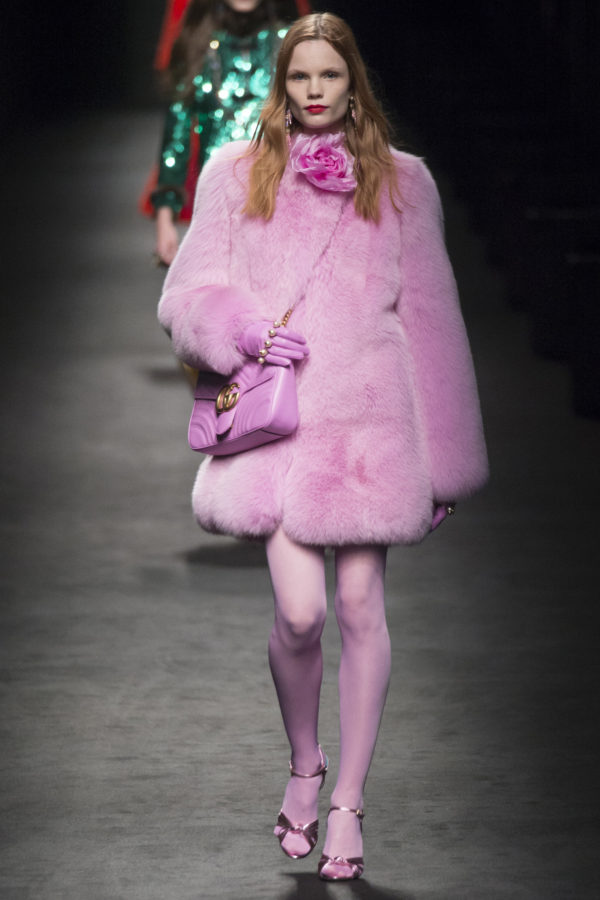
Gucci
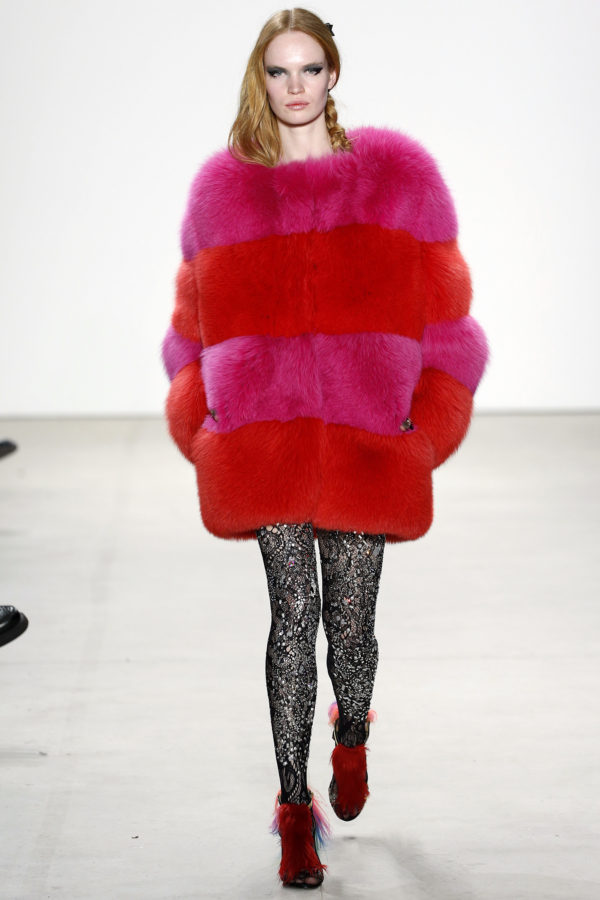
Libertine
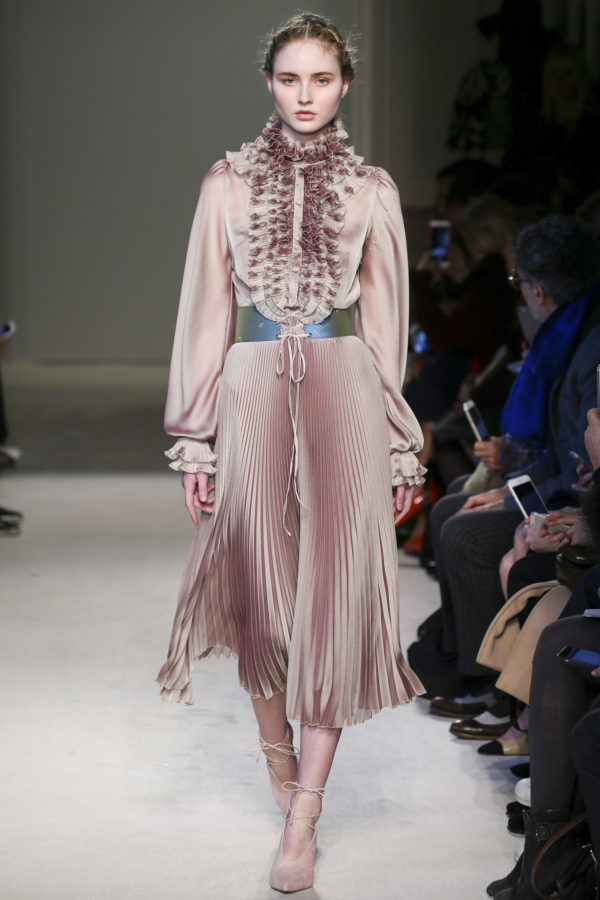
Luisa Beccaria
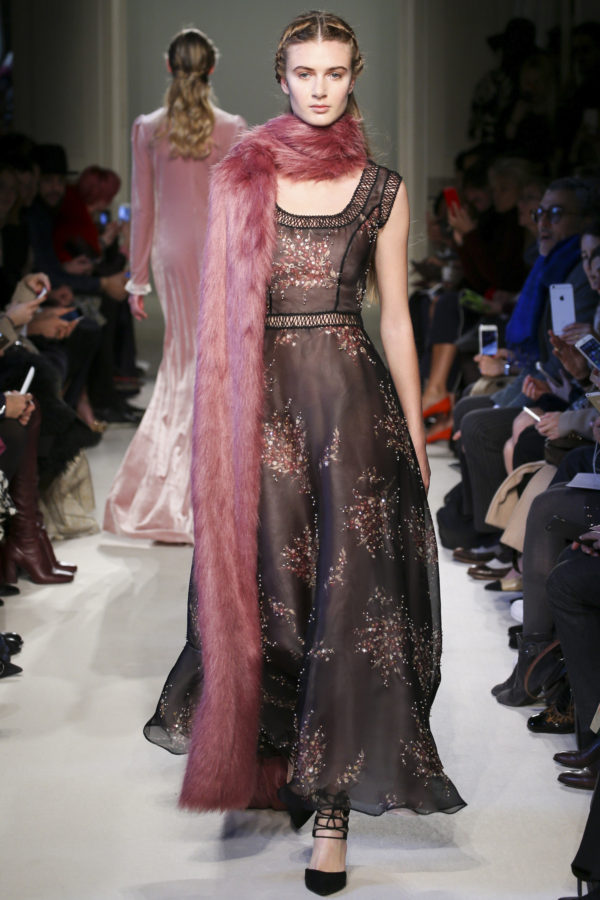
Luisa Beccaria
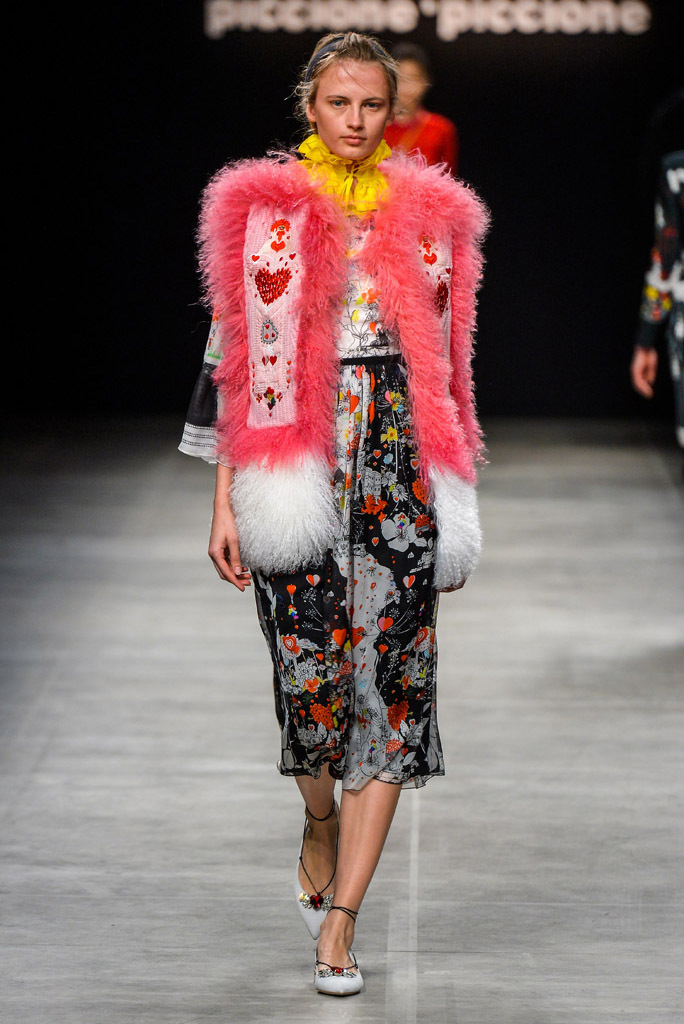
Piccione Piccione RTW Fall 2016
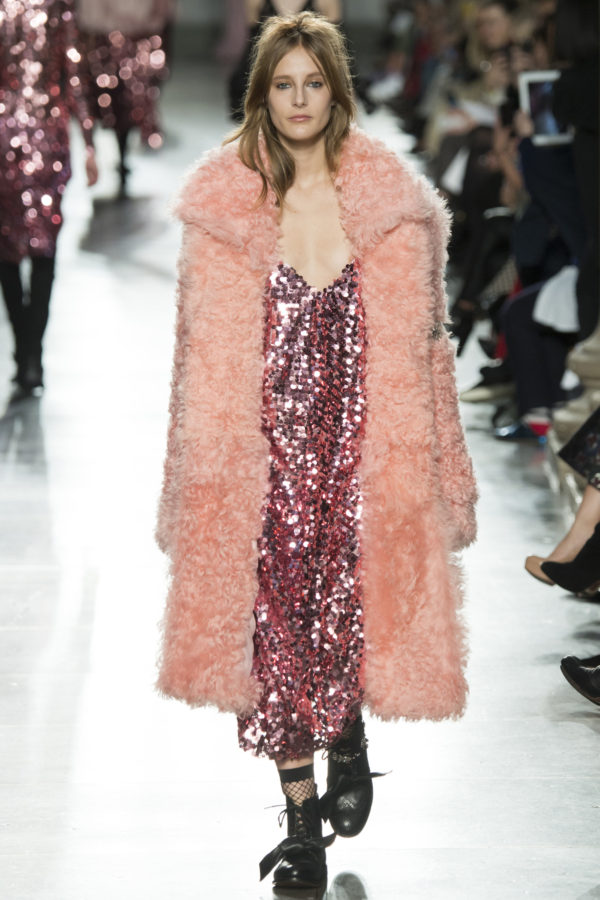
Preen
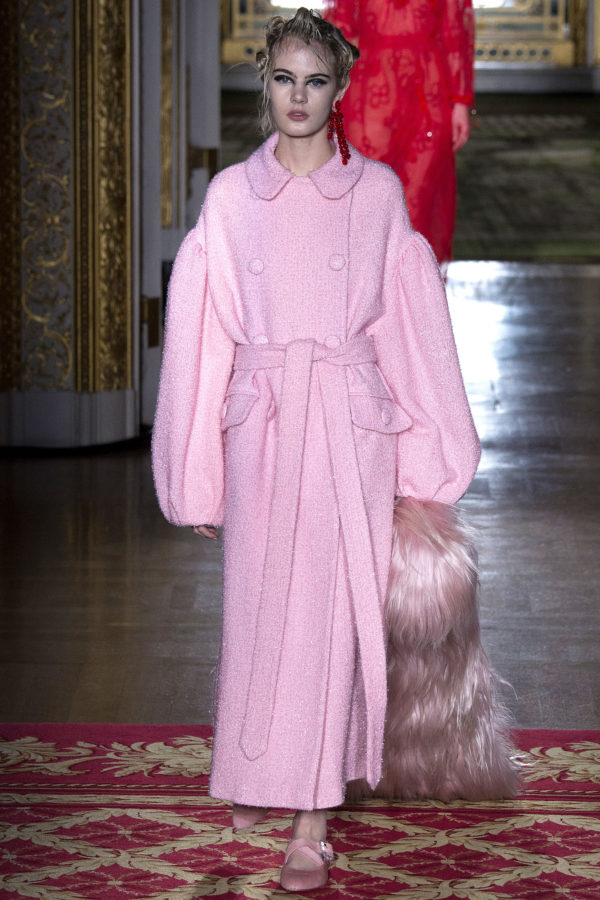
Simone Rocha
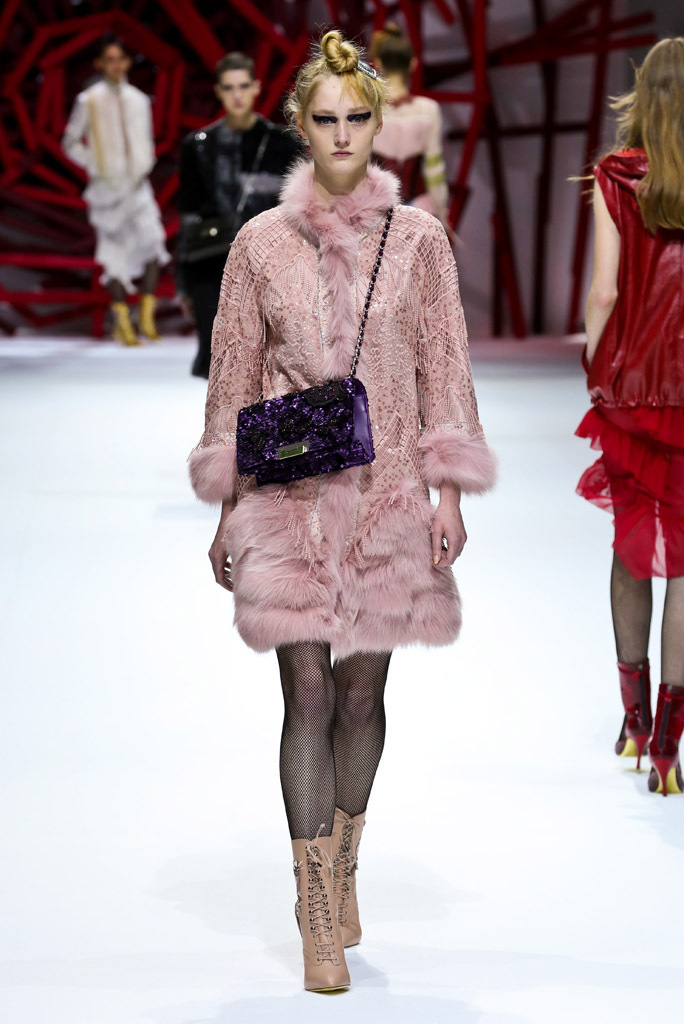
Shiatzy Chen RTW Fall 2016
Related articles
 Watch: Al Franken Scorches Trump’s ‘Locker Room Talk’ Claim
Watch: Al Franken Scorches Trump’s ‘Locker Room Talk’ Claim THINK PINK in Boston | Culture Lens
THINK PINK in Boston | Culture Lens The Fur Insider’s Review of The Great Gatsby
The Fur Insider’s Review of The Great Gatsby The Los Angeles Fashion Style And Influence: Boom or Bust? | FurInsider.com
The Los Angeles Fashion Style And Influence: Boom or Bust? | FurInsider.com Election Day 2016: VOTE America The Beautiful | FurInsider.com
Election Day 2016: VOTE America The Beautiful | FurInsider.com 2016 Trend Watch: Fox Fur Fever | FurInsider.com
2016 Trend Watch: Fox Fur Fever | FurInsider.com

